Planetary Science
-
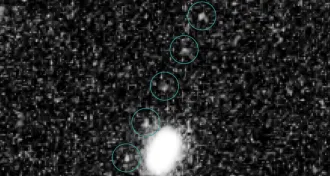 Astronomy
AstronomySecond stop planned for mission to Pluto
Scientists identify three possible targets for the New Horizons probe after it visits the former planet.
-
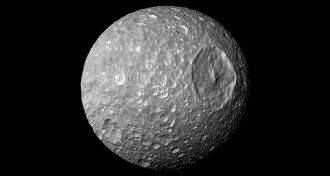 Planetary Science
Planetary ScienceSurprises lurk inside a Saturn moon
NASA’s Cassini spacecraft finds possible ocean or football-shaped core inside Mimas.
-
 Planetary Science
Planetary ScienceMAVEN gives first look at Mars’ escaping atmosphere
Bits of Mars have been caught in the act of floating off into space.
-
 Chemistry
ChemistryLasers wrest oxygen from carbon dioxide
By zapping oxygen molecules off carbon dioxide, an experiment hints that Earth may have had breathable air long before the dawn of plants.
By Beth Mole -
 Planetary Science
Planetary ScienceSun may make most of the water on moon’s surface
A constant stream of particles from the sun bombarding the moon's surface may be the source of most lunar water.
-
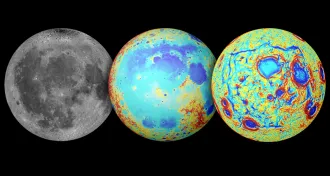 Planetary Science
Planetary ScienceAsteroid impact did not form the moon’s largest plain
The moon's vast flatland — called Oceanus Procellarum — may have been formed through tectonic-like activity billions of years ago, scientists say.
-
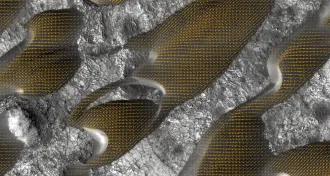 Planetary Science
Planetary ScienceDaily winds shift sands of Martian dune field
Martian winds may stir the Red Planet's sands more often than scientists thought.
-
 Planetary Science
Planetary ScienceMAVEN spacecraft set to explore Martian atmosphere
The Mars Atmosphere and Volatile Evolution, or MAVEN, spacecraft entered into orbit around the Red Planet on September 21.
-
 Planetary Science
Planetary ScienceFeedback
Readers discuss sources of stress in everyday life and tell us what they think about NASA's plan to nab an asteroid.
-
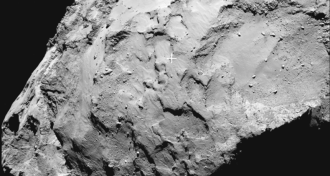 Planetary Science
Planetary ScienceSpot on comet chosen for Rosetta mission lander
Philae, the Rosetta mission lander, will attempt to land on a spot called site J on comet 67P/Churyumov–Gerasimenko.
-
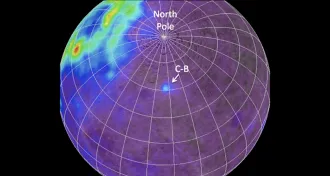 Planetary Science
Planetary ScienceMoon’s farside hints at violent volcanic explosions
The spread of the element thorium in the moon's Compton-Belkovich region suggests that silica volcanoes there once had violent explosions.
-
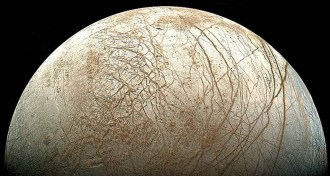 Planetary Science
Planetary SciencePlate tectonics spotted on Europa
First evidence for plate tectonics elsewhere in solar system discovered on Jupiter’s icy moon Europa.